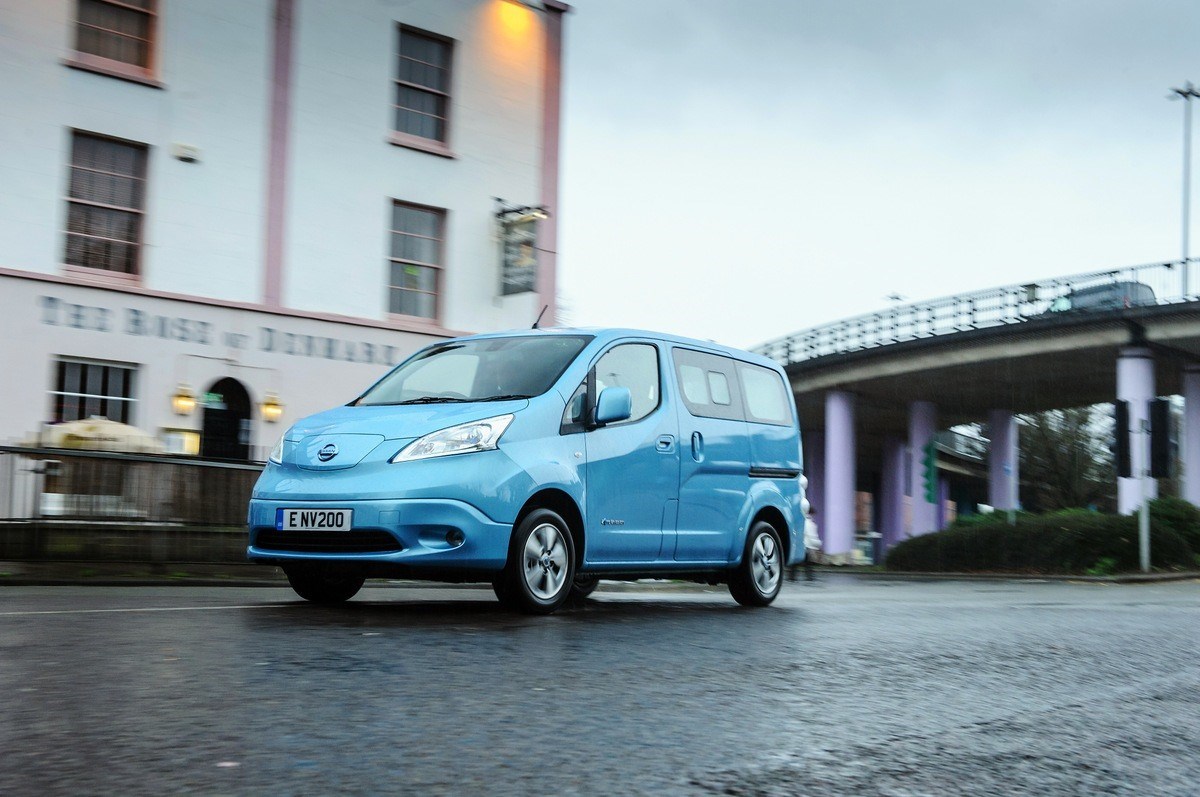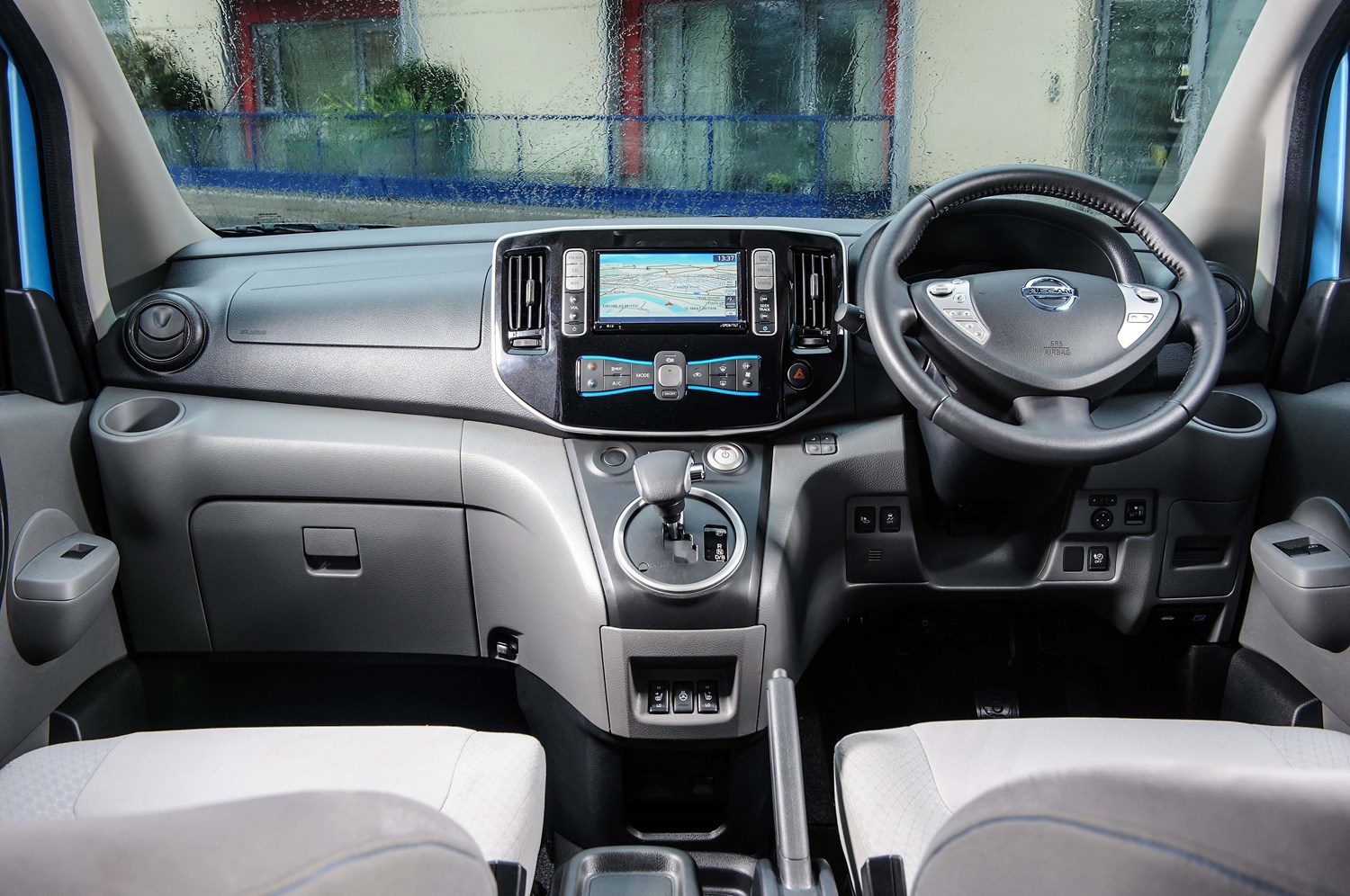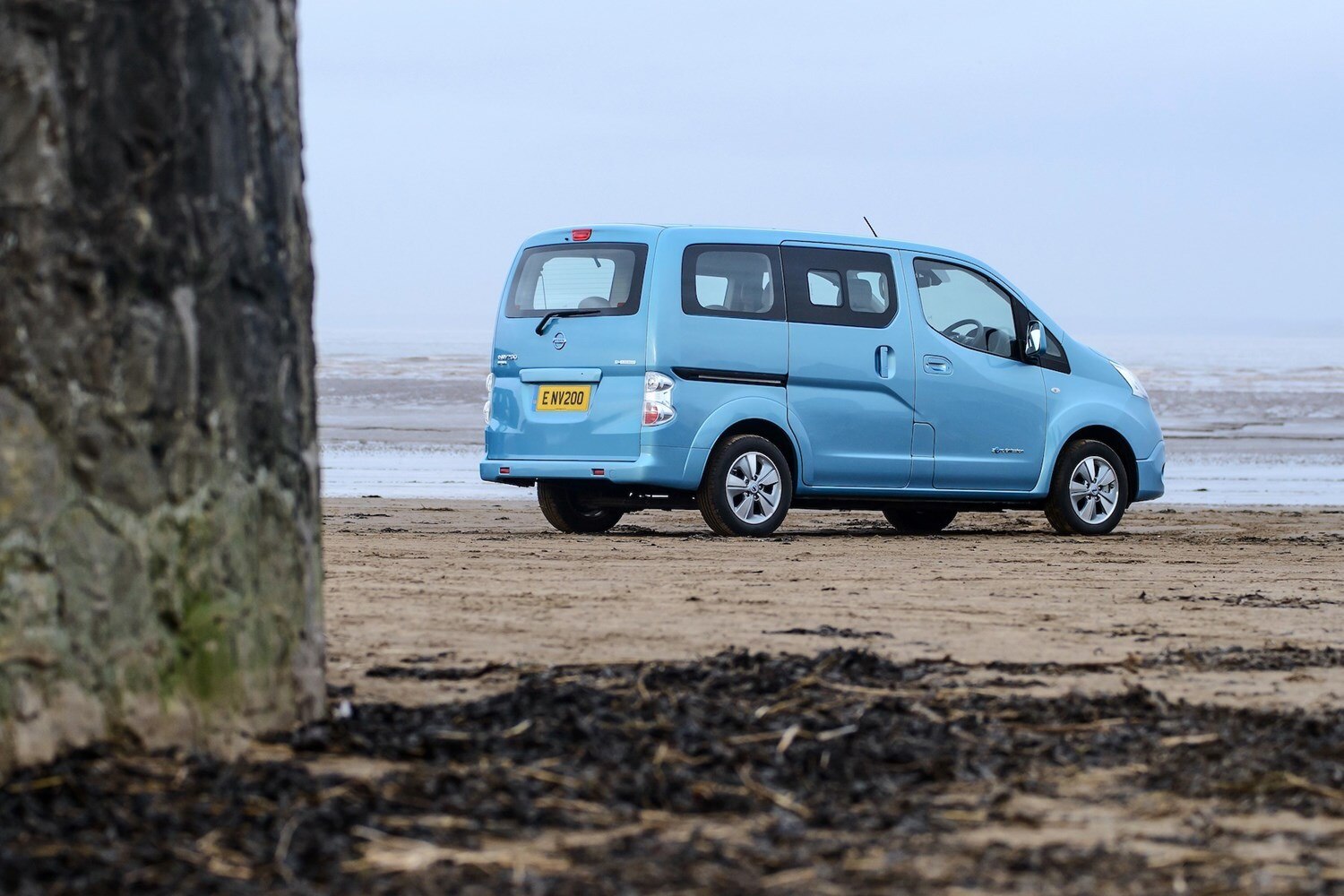Model review
Nissan is one of the most prominent manufacturers when it comes to electric cars, with the firm’s Sunderland-built Leaf essentially being the first mass-market EV when it arrived in 2010, maintaining its status as the UK’s most popular electric car until only a few years ago. It’s little surprise then that Nissan looked to expand its range of electric cars, with the result being the e-NV200.
Previewed in 2012 by a concept, it showed this MPV’s ability to seat up to seven and was based on the standard diesel-powered NV200. Given you can only do so much to the design of a van-based MPV, it was no surprise that when the production version arrived in 2014 – after a host of prototype trials – it looked almost identical to the original concept.
The first e-NV200 shared its 24kWh battery with the original Nissan Leaf, which allowed for a claimed 106-mile electric range, though you’d be lucky to get 80 miles from a charge in real-world conditions. Like the Leaf, you could choose to pay to lease the e-NV200’s battery, or buy the model in full. You can also choose it as both a van and Combi MPV, but it’s the latter we’re reviewing here.


